Introduction
Dropshipping is an attractive business model for aspiring entrepreneurs looking to start an online retail venture with minimal upfront costs. By selling products without holding inventory and relying on third-party suppliers to handle shipping, dropshipping offers flexibility and reduced risk. However, to succeed in this competitive landscape, it's crucial to make strategic decisions at every step of the process.
In this comprehensive guide, we'll walk you through the key steps to building a successful dropshipping business. From choosing a profitable niche and finding reliable suppliers to setting up your ecommerce store and optimizing your product pages, we'll provide expert advice and recommendations to help you navigate this exciting industry. Whether you're a seasoned entrepreneur or new to the world of ecommerce, this guide will equip you with the knowledge and insights to make informed decisions and set your dropshipping venture on the path to success.
Step 1: Decide on Your Dropshipping Business Model
Dropshipping offers an enticing avenue for entrepreneurs to launch an online retail venture with minimal overhead. This operational model depends on vending items to clients without possessing any stock. Instead, when a sale is made, the product is purchased from a third-party supplier who then ships it directly to the customer. As you consider whether the business model that involves shipping products directly from a supplier to the customer aligns with your business goals, think about the importance of selecting a specific market, such as electronics or home decor, that has experienced strong growth and offers significant possibilities for establishing a brand and specializing.
Prior to immersing oneself in the realm of e-commerce, it is crucial to grasp that while the business model diminishes the requirement for physical inventory, it necessitates a well-rounded approach and extensive market analysis. It's essential to evaluate the assortment of items you want to provide, the quality and dependability of your prospective suppliers, and the particular market you plan to serve. These factors are crucial in determining the success of an e-commerce venture. Furthermore, interacting with trustworthy dropshipping suppliers that provide a diverse range of top-notch merchandise is crucial, as this directly influences client contentment and business standing.
Dropshipping can significantly reduce the capital required to start an online store, allowing you to allocate more resources to other critical areas such as digital marketing and customer service. It also provides the flexibility to test different products in the market without the risk of unsold inventory. Nevertheless, it's crucial to acknowledge that achieving success in the practice of e-commerce necessitates commitment, time, and a grasp of the dynamics of online business. While evaluating your choices, take into account the integration of the fulfillment method into your operational framework and whether it aligns with your long-term objectives.
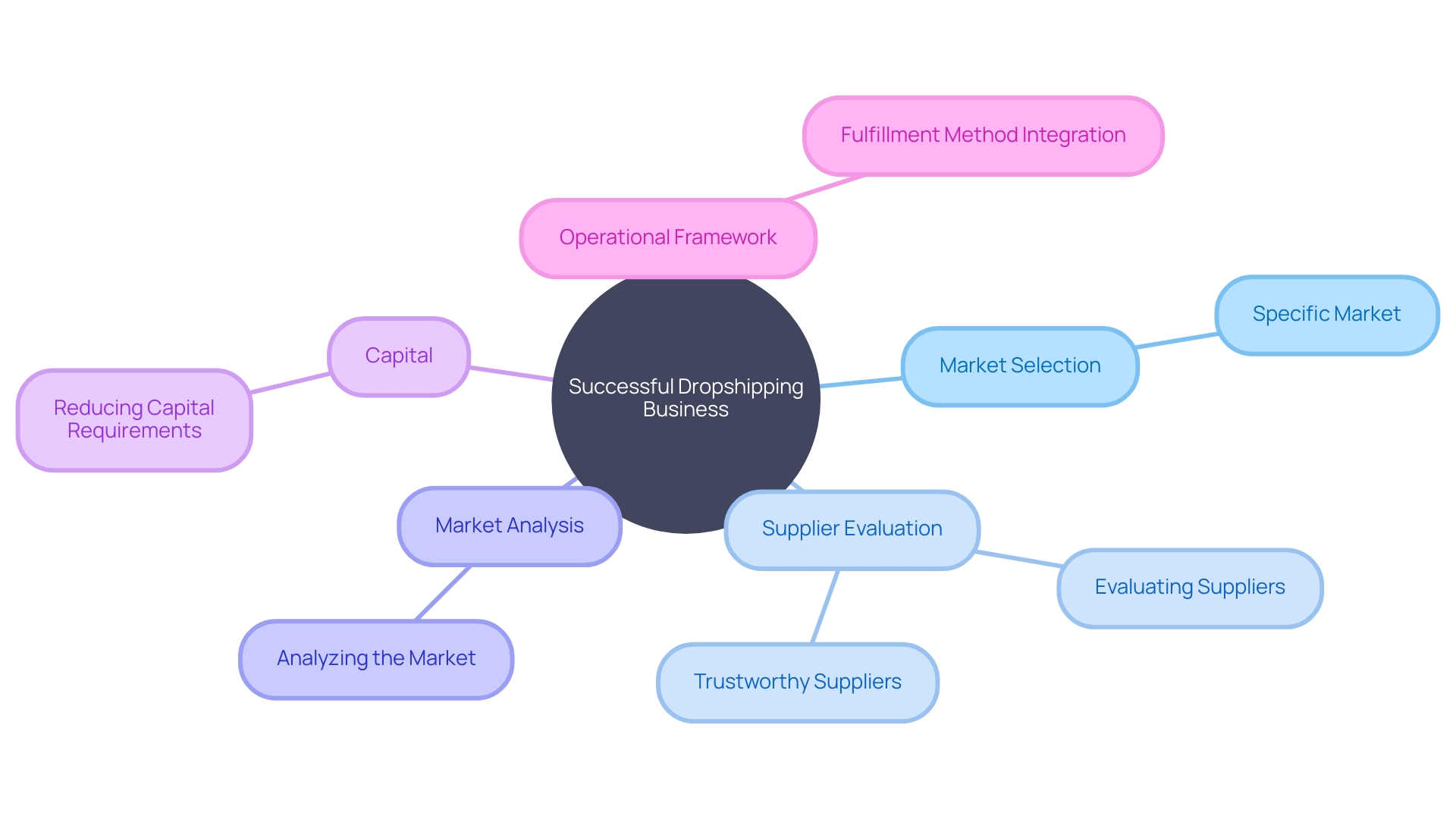
Step 2: Choose a Profitable Niche
Identifying a profitable niche is an essential step in building a successful e-commerce business. The retailing system, which enables merchants to market merchandise without stocking inventory and alternatively acquiring items from wholesalers upon customer orders, has thrived due to its minimal expenses and adaptability. Aspiring entrepreneurs can capitalize on this model by meticulously researching to pinpoint a niche that not only resonates with consumer demand but also faces minimal competition. A focused niche enables you to cater to a distinct audience, improving your potential for profitability. For instance, the electronics sector offers extensive growth potential and the opportunity to build a recognizable brand, spanning products from cutting-edge laptops to essential mobile chargers. Similarly, the home decor and furnishings market has witnessed a surge in online shopping, further accelerated by post-pandemic consumer behavior. By assessing these industries strategically, you can uncover a specialized area that corresponds to market trends and your organizational goals, ultimately positioning your e-commerce enterprise on the road to triumph.
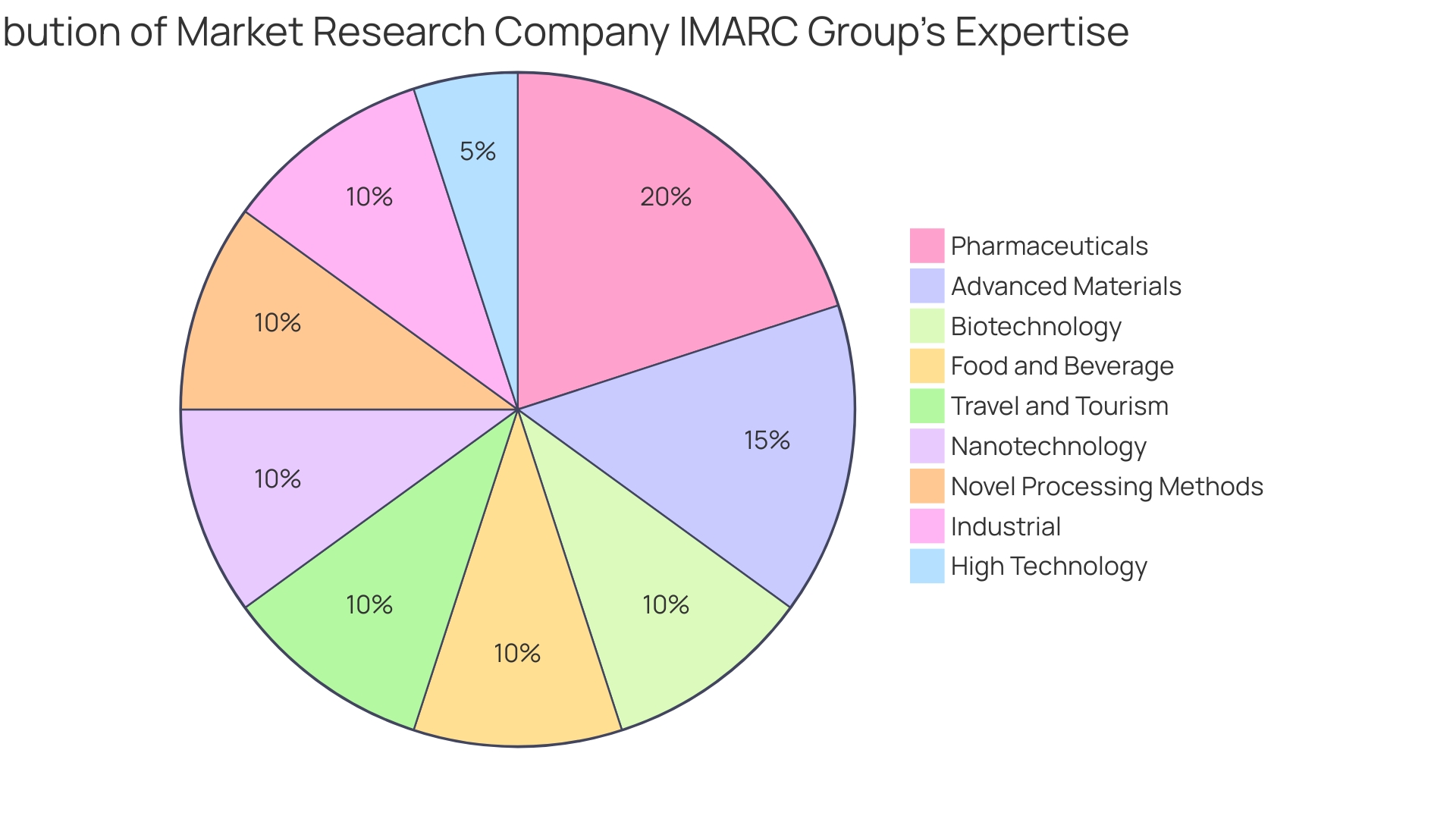
Step 3: Find Reliable Suppliers
Securing reliable suppliers is a crucial aspect of operating a successful e-commerce venture. Exploring supplier databases and directories can lead you to credible wholesalers, who are crucial as intermediaries in the supply chain. These suppliers purchase goods in bulk from manufacturers, obtaining discounts they pass on to retailers like you. Their role became significant during the rise of mass production in the 19th century, and today, they are essential for businesses that want to offer a diverse range of goods without the burden of inventory overhead.
The e-commerce model of dropshipping is not just a trend; it's a strategy that offers flexibility and minimal risk, as you don't have to invest in stock upfront. When you choose a supplier, it's crucial to take into account aspects like quality and the range of offerings. The most successful dropshippers pay close attention to these aspects, rating them as highly important when evaluating potential supplier partnerships. This careful selection process is designed to ensure that your e-commerce platform consistently delivers excellent products to your customers, thereby establishing your reputation for quality and reliability.
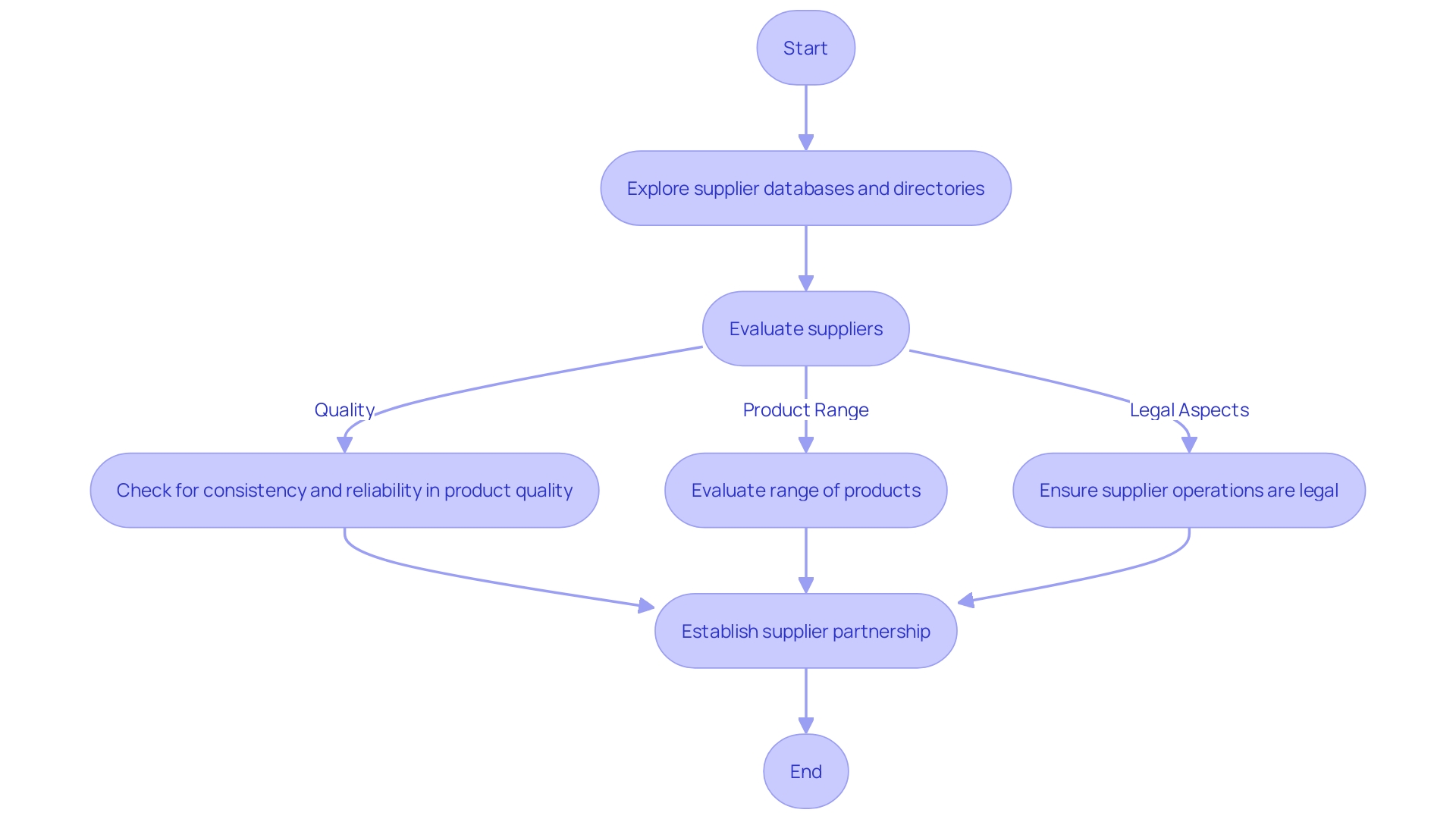
Step 4: Set Up Your Ecommerce Store
Embarking on the journey of building your dropshipping website entails a crucial phase: establishing your ecommerce storefront. This involves not only selecting an ecommerce platform suited to your business model but also securing a domain name that resonates with your brand and appeals to your target audience. The aesthetic appeal of your store is paramount, as it is a direct reflection of the quality and trustworthiness of your products. Creating a captivating theme and design is a crucial step that can greatly impact perception and loyalty.
Equally important is the creation of essential pages that outline the terms and conditions, provide an insightful 'About Us' section, and offer accessible contact information. These pages play a crucial role in providing a comprehensive and seamless shopping experience, ensuring that individuals have all the necessary information at their fingertips.
In today's competitive digital marketplace, where the business model of outsourcing product fulfillment has revolutionized the retail landscape by eliminating the need for inventory overhead, your online presence is your strongest asset. With over 4.3 million live sites, the popularity of platforms like Shopify underscores the importance of a robust online platform that can handle market demands and cater to a global audience.
As you begin this endeavor, keep in mind that the name of your store is the foundation of your brand identity, establishing the atmosphere for engagement. Having a name that is both memorable and unique can set your enterprise apart in the busy ecommerce world, opening up possibilities for a successful venture.
Step 5: Select Products and Set Competitive Prices
Developing a carefully selected catalog for your e-commerce business begins with a thorough comprehension of your niche and customers. This ensures that each item you list not only meets a specific market demand but also stands out in a competitive landscape. When you align your offerings with the interests and needs of your target audience, you set the stage for a compelling online shopping experience.
The dropshipping model has become increasingly popular due to its low overhead and the capability to provide a wide range of goods without the risk of inventory surplus. This model allows you to freely experiment with different items to find what resonates with your audience. However, success hinges on the ability to offer consistent quality. It is crucial to work together with suppliers who have a dedication to quality, as this directly affects client contentment and loyalty.
Pricing your merchandise competitively is equally crucial in dropshipping. It's a delicate balance between appealing to clients and sustaining profitability. Take into account the entire cost structure, which encompasses supplier prices, shipping fees, and any additional expenses, to establish pricing that mirrors the value of your offerings while remaining competitive.
Integrating these approaches into your business plan will assist you in establishing a dropshipping website that not only allures clients with its carefully chosen merchandise but also gains their allegiance with reasonable pricing and quality guarantee.
Step 6: Optimize Your Product Pages
To truly excel in the e-commerce landscape, enhancing pages for merchandise is a pivotal step. These pages are not just showcases for items on offer but play a crucial role in converting visitors into loyal customers. Regardless of whether your inventory consists of tangible goods, digital downloads, or a variety of services and memberships, the principles of constructing a compelling page for your offerings remain constant.
The structure of a high-converting landing page for a merchandise encompasses several crucial elements. Compelling copy, striking images, and persuasive reviews are like necessary components in a recipe that must be expertly mixed to avoid presenting a lackluster end result. Just as a baker needs the right balance to create a perfect cake, an e-commerce director needs to master these elements to ensure the pages not only attract attention but also encourage purchases.
Artificial Intelligence (AI) tools are now at the forefront, offering unprecedented support in optimizing these vital elements efficiently. As emphasized by Miqdad Jaffer, a director at Shopify, AI-powered solutions are transforming the manner in which descriptions of items are created. With tools like Shopify Magic, you can effortlessly generate SEO-friendly content that resonates with both search engines and potential buyers.
Moreover, AI doesn't stop at content creation. Predictive analytics and recommendation engines enable a personalized shopping experience, suggesting products aligned with the interests and browsing history of individuals. By leveraging such tools, the moment a customer arrives on your site, they're greeted with personal recommendations, increasing the chances of a sale.
Embracing these AI advancements can significantly shorten the journey from concept to reality, providing a competitive edge in today's fast-paced market. By integrating these technological innovations into your e-commerce strategy, you not only enhance the user experience but also set the stage for a higher conversion rate, ultimately driving sales and fostering growth.
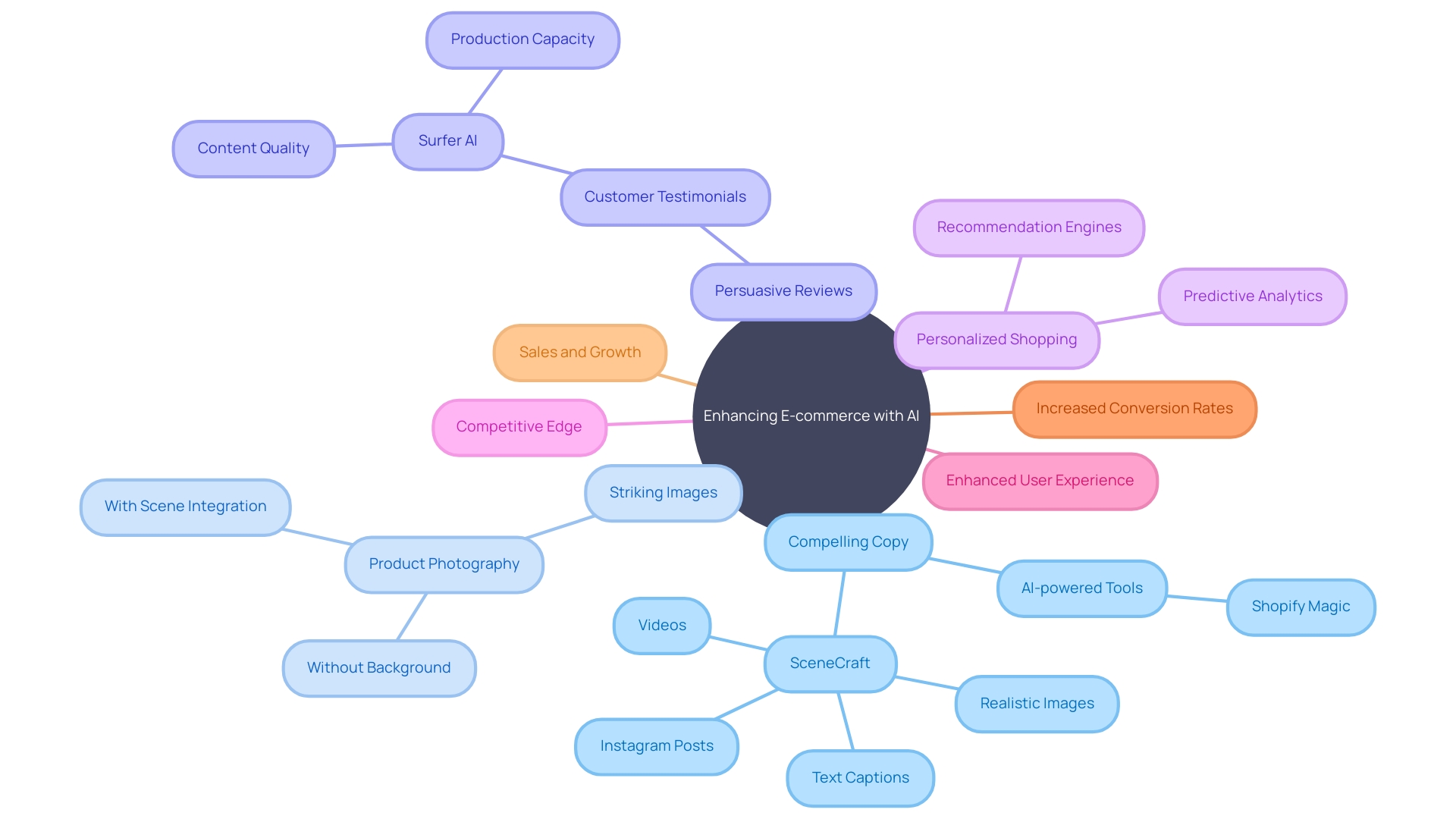
Step 7: Set Up Finances and Business Structure
As you lay the groundwork for your dropshipping venture, it's crucial to establish a solid financial and economic foundation. Comprehending the different structures is vital, with choices ranging from a sole proprietorship, which may appeal to solo entrepreneurs, to an LLC or C corporation, which offer different levels of protection and tax benefits. Equally important is the establishment of a bank account for enterprises. This step not only enhances your professionalism but also safeguards your personal assets by ensuring a clear separation between your personal and financial matters. With the right financial setup, you can concentrate on curating a diverse range of items and building relationships with reputable suppliersâcornerstones of a successful dropshipping business as underscored by industry experts.
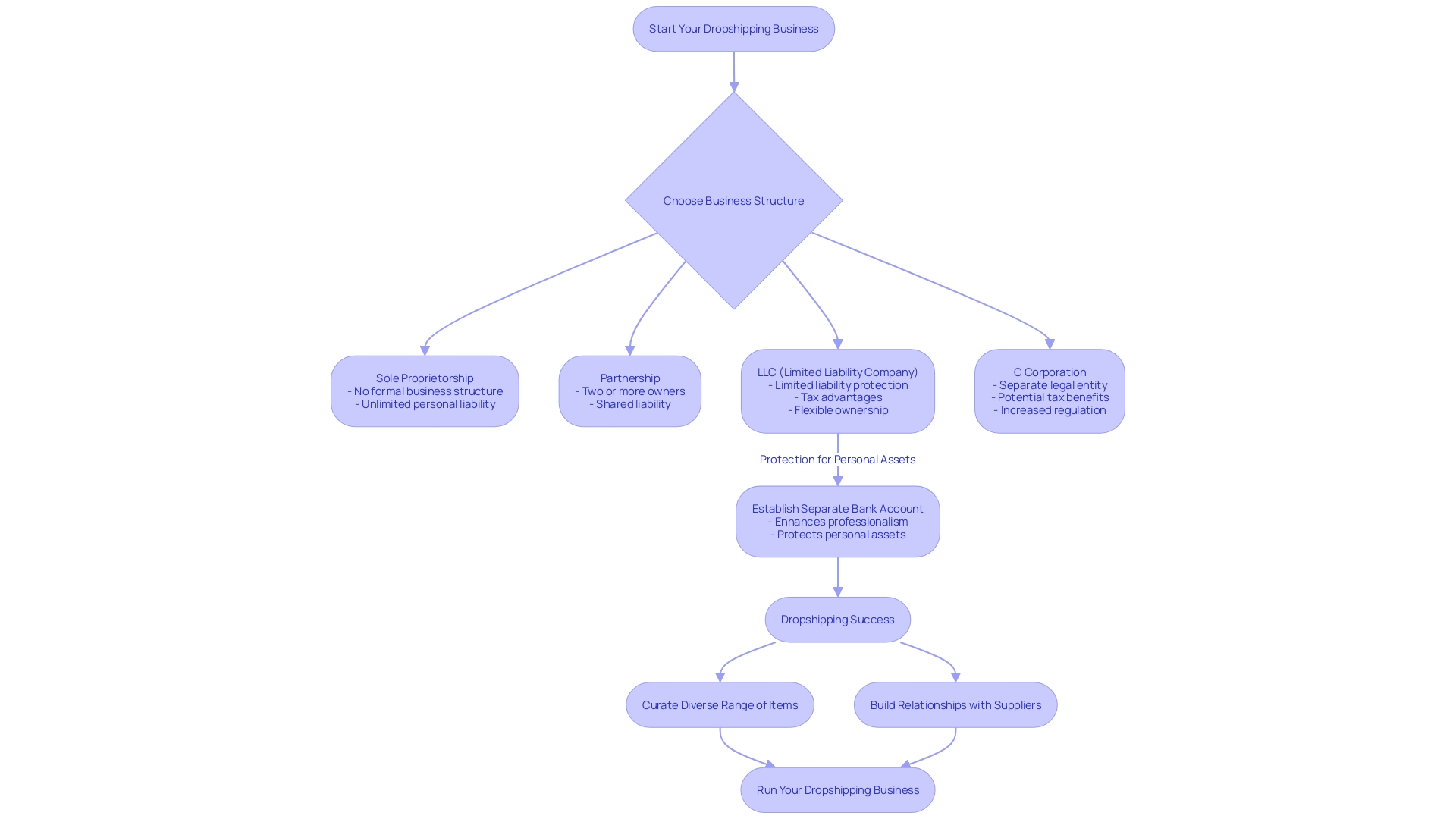
Step 8: Integrate a Dropshipping App
Dropshipping apps serve as a pivotal tool for streamlining your order management system, enabling you to automate essential tasks on your website. With such an app, you can quickly import items, view crucial details like costs, sales volume, and supplier ratings, and adjust your inventory with just a few clicks. Furthermore, embracing AI technology can greatly enhance your online store by optimizing product pages for improved conversion rates and providing personalized suggestions to enhance the shopping experience for your buyers. This approach not only simplifies the operations of an e-commerce enterprise but also allows for scalability and growth by focusing on sales and customer relationships, rather than inventory management.
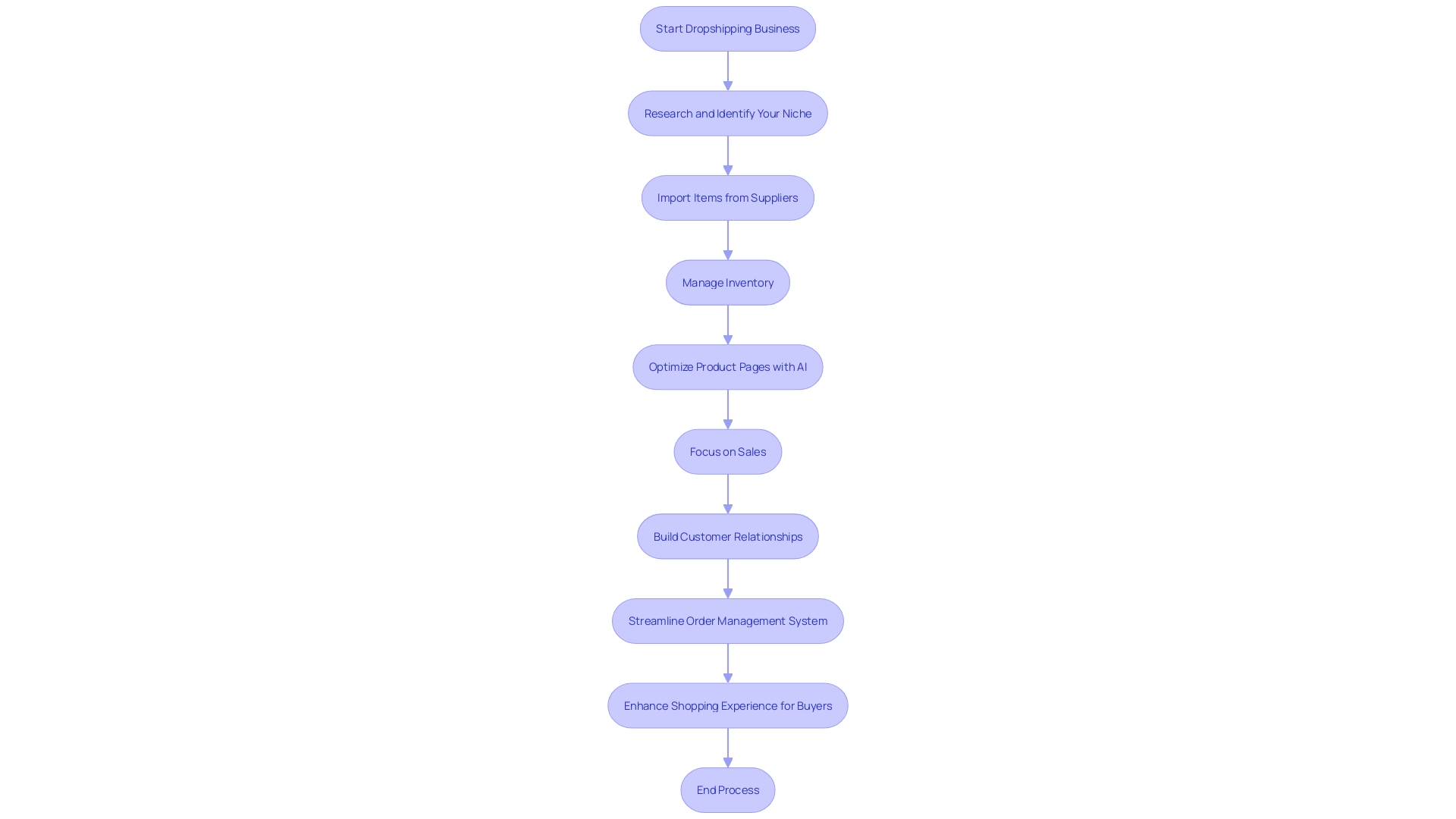
Step 9: Market Your Dropshipping Business
Developing a successful marketing strategy is crucial in guiding your dropshipping venture to triumph. By deploying targeted advertising such as Facebook and Google Ads, you can drive a specific audience to your digital doorstep. But the marketing mix doesn't end there; by embracing organic marketing and the dynamic world of social media, you can enhance brand awareness and foster audience engagement in a more personal, cost-effective manner.
Organic growth can be powerful, as illustrated by the story of Custom Neon. This venture started by renting neon signs for occasions, including their own wedding, and utilizing the captured images to demonstrate the potential of what they offer. As a result, demand soared without any initial advertising spend, highlighting the strength of user-generated content (UGC) and word-of-mouth referrals.
Solidifying your brand identity, as Custom Neon did by transitioning from Neon Collective to a more descriptive and SEO-friendly name, can significantly boost your presence in search engine results and improve website conversion rates. Content strategies, too, are indispensable. They not only promote your products but also educate your audience, establishing your company as a reliable resource. Influencer partnerships can further augment your visibility, leveraging their followings for your brand's benefit.
To initiate your dropshipping venture, it is essential to pinpoint a niche that promises growth and aligns with your interests. Whether it's the evergreen electronics market or the burgeoning home decor and furnishings sector, your choice will determine the direction of the enterprise's trajectory. Remember, selecting the right suppliers is a pivotal decision that will affect product quality and your ability to cater to various niches, underpinning your business's credibility and long-term success.
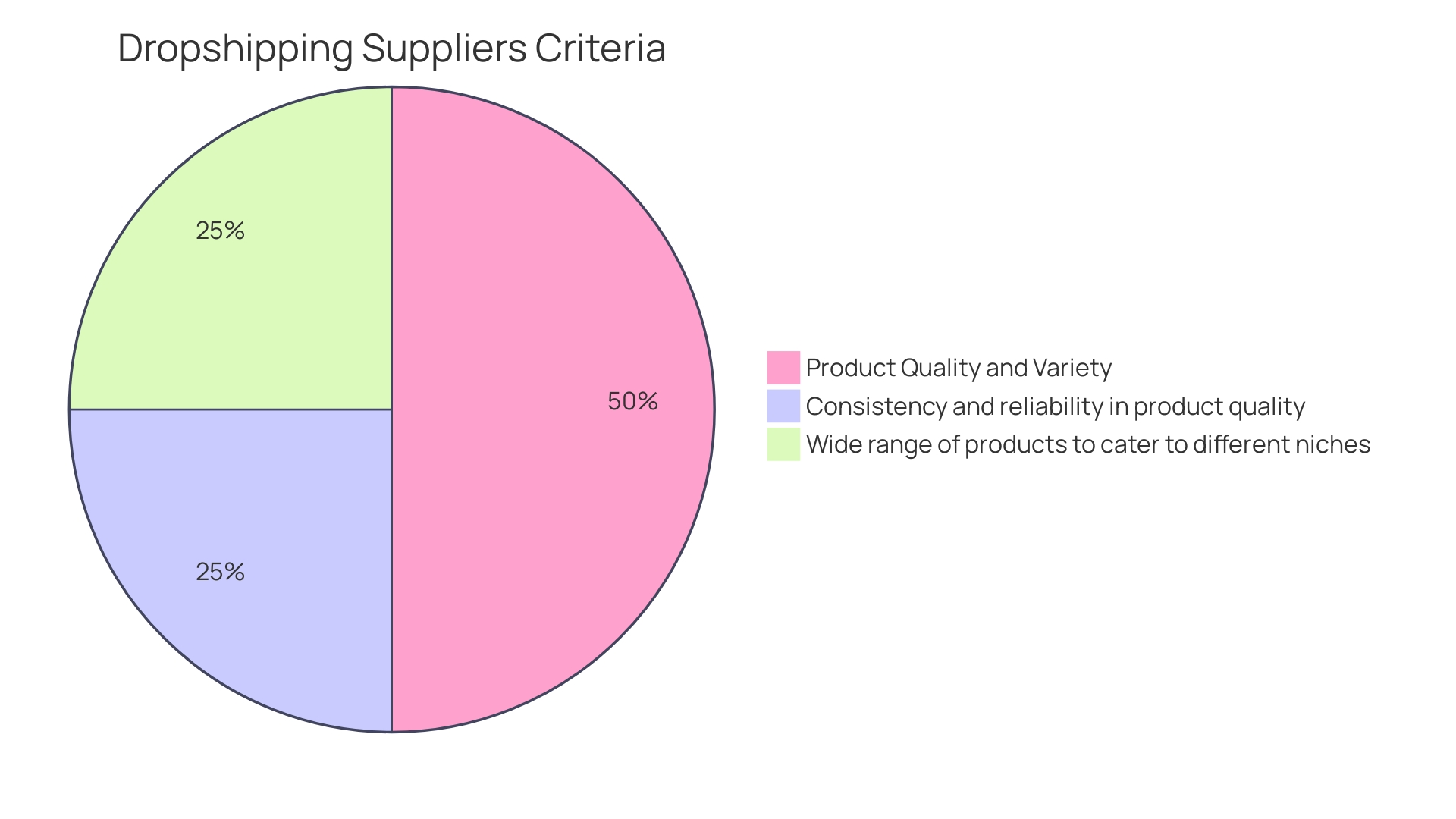
Conclusion
In conclusion, building a successful dropshipping business requires careful planning and strategic decision-making at every step. It starts with choosing a profitable niche that aligns with market trends and presents opportunities for branding and specialization. Thorough research and assessment of potential suppliers are crucial to ensure product quality and customer satisfaction.
The flexibility of dropshipping allows for reduced upfront costs and the ability to test different products in the market.
Setting up a professional and visually appealing ecommerce store is essential for establishing credibility and attracting customers. It's important to optimize product pages with compelling copy, striking images, and persuasive reviews to encourage conversions. Embracing AI-powered tools can enhance the user experience and increase the chances of a sale.
Establishing a solid financial and business foundation, including selecting the right business structure and setting up a separate bank account, is crucial for long-term success. Integrating a dropshipping app can streamline order management and automate essential tasks.
Crafting an effective marketing strategy is vital for driving traffic to your dropshipping business. Targeted advertising, organic marketing, and leveraging social media can all contribute to brand awareness and customer engagement. Choosing the right niche, selecting reliable suppliers, and optimizing product pages are foundational elements that underpin the success of a dropshipping business.
By following these steps and making informed decisions, you can set your dropshipping venture on the path to success.





